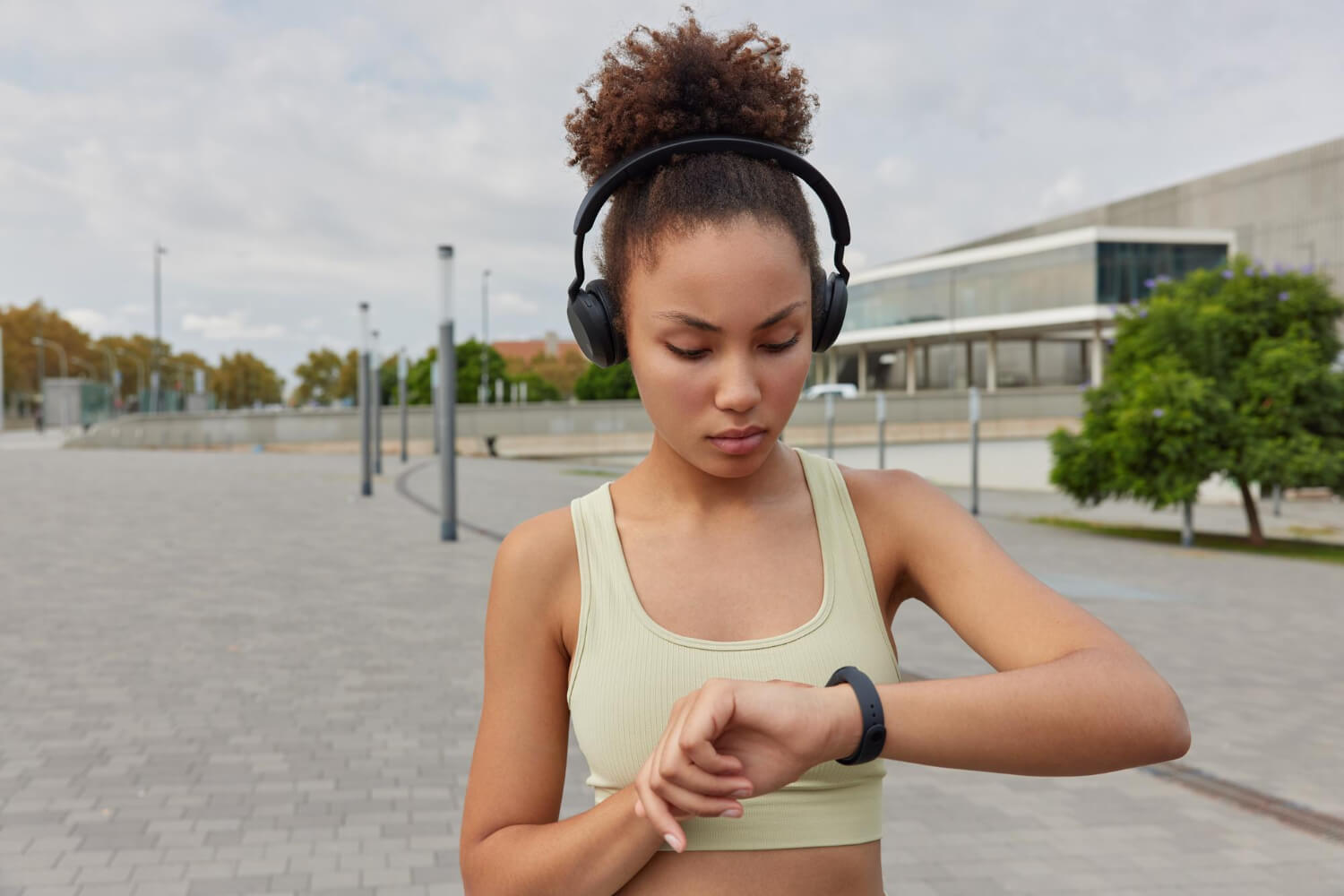
How Wearables Monitor Health
Wearables use a combination of sensors, software, and connectivity to monitor health metrics. Sensors embedded in the devices measure physiological parameters such as heart rate, step count, and body temperature. For example, optical heart rate sensors use light to detect blood flow and calculate heart rate, while accelerometers track movement and physical activity.
The data collected by these sensors is processed by the device’s software to generate insights and trends. Many wearables sync with smartphones or computers via Bluetooth or Wi-Fi, allowing users to view their health data on a companion app. This data can be used to track progress, set goals, and receive personalized recommendations for improving health and fitness.
What Are Wearables?
Wearables are electronic devices designed to be worn on the body to monitor various health and fitness metrics. These devices come in several forms, including smartwatches, fitness trackers, and specialized medical monitors. Smartwatches like the Apple Watch and Fitbit Versa offer a range of features from fitness tracking to heart rate monitoring and notifications. Fitness trackers, such as the Fitbit Charge and Garmin Vivosmart, focus on daily activity, sleep quality, and exercise metrics. Medical wearables, including continuous glucose monitors and heart rate monitors, provide specialized data for managing chronic conditions.
Each wearable serves a unique purpose, but all are designed to provide users with continuous, actionable insights into their health. By integrating these devices into their daily lives, users gain a better understanding of their physical activity, sleep patterns, and overall health.
Popular Wearables
Several wearables are well-regarded for their functionality and user experience. The Apple Watch Series 8 is renowned for its comprehensive health monitoring features, including ECG, blood oxygen measurement, and advanced fitness tracking. Fitbit’s Charge 5 is another popular choice, offering robust activity and sleep tracking along with GPS functionality.
Garmin’s Forerunner series caters to athletes with its advanced performance metrics and detailed workout analysis. The Whoop Strap, known for its focus on recovery and performance optimization, is favored by serious fitness enthusiasts. Each of these devices brings unique features to the table, catering to different needs and preferences.
Benefits of Wearables
Wearables offer several significant benefits for health monitoring. Firstly, they provide continuous tracking of various health metrics, which helps users stay informed about their fitness levels and overall health. For instance, tracking daily steps and calories burned can motivate individuals to stay active and achieve their fitness goals.
Additionally, wearables can aid in early detection of health issues. By monitoring heart rate variability, sleep patterns, and activity levels, users can identify unusual patterns that may indicate potential health problems. This early detection allows for timely medical consultation and intervention, potentially preventing more serious health issues.
Wearables also offer personalized insights and recommendations based on the data they collect. This customization helps users tailor their health and fitness routines to their specific needs, making it easier to set and achieve personal health goals.

Best Practices for Using Wearables
To maximize the benefits of wearables, follow these best practices:
- Sync Regularly: Ensure that your wearable device is synced with its companion app regularly to keep your health data updated.
- Customize Settings: Adjust device settings to align with your health goals and preferences for more accurate tracking.
- Interpret Data Wisely: Use the data from your wearable as a guide rather than a definitive diagnosis. Consult healthcare professionals for any concerning trends or issues.
- Maintain the Device: Keep your wearable clean and ensure that its sensors are functioning correctly for accurate readings. Regular maintenance helps prevent issues and ensures reliable performance.
Challenges and Considerations
While wearables offer numerous benefits, there are some challenges to be aware of. Battery life can be a limitation, with some devices requiring frequent recharging. Additionally, users may experience discomfort or skin irritation from prolonged wear, especially with certain materials or device designs.
Data accuracy and privacy are also important considerations. Wearable devices can vary in terms of the precision of their measurements, and users should choose devices from reputable brands that prioritize data security. Ensuring that your personal health data is protected is crucial for maintaining privacy and trust in wearable technology.
Conclusion
Wearable technology has revolutionized health monitoring by providing real-time insights and personalized feedback. From tracking daily activity to monitoring complex health metrics, wearables offer valuable tools for managing and improving health. By understanding how these devices work and following best practices for their use, you can enhance your health and fitness journey.
Embrace the benefits of wearables to stay informed about your health and achieve your wellness goals. As technology continues to advance, these devices will play an increasingly important role in personal health management, offering more ways to monitor and improve your well-being.





